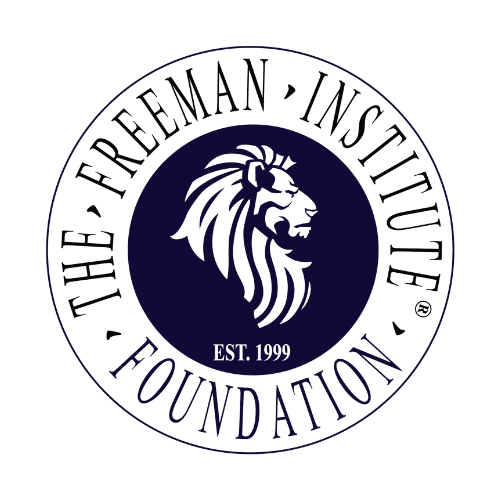
All Stressed Out And No One To Choke

BOTTOM LINE BENEFITS
Immediate and Long Lasting
1. Each participant has a better understanding of his or her stress
management style.
2. Reduction of the potential for conflict or power struggles
(preventive maintenance vs. crisis management).
3. Higher morale and greater productivity.
4. Better listening and leadership skills.
5. Greater sensitivity to work force diversity.
6. Tools for influencing an emotionally safe climate.
7. Working with change; not against it.
8. Knowing how to approach different people and situations.
9. Implementation of change in a win/win situation.
10.Enhancing self-motivated work teams.
11.What works and what doesn't work in term of motivation.
12.Dealing more effectively with difficult behavior.
PROCEDURE - How you respond to rules set by others
PEOPLE - How you interact and attempt to influence under stress
PROBLEMS - How you approach the stress created by problems and challenges
PACE - How you respond to the stress created by change and activities
NEEDS ASSESSMENT TO DETERMINE HOW TO CUSTOMIZE PROGRAM
© Copyright, 2003 The Freeman Institute. All rights reserved. Nothing on this page may be used without explicit written permission.
Note: Reproduction of any kind, including cutting and pasting, is strictly prohibited.
TWO OBJECTIVES
1. By helping participants:
a. identify and assess who they are
b. why they do what they do
c. in which areas of life they are feeling stress
d. how to improve interpersonal relationships (one of the major causes of stress)
e. the vulnerabilities that will impede success
f. the strengths they bring to the stress management process
2. Providing each participant with:
a. a wealth of information on the general causes and effects of stress
b. proven techniques for dealing with stress
c. wisdom to apply that knowledge to each participant's life and own particular set of
circumstances.
P R O G R A M O V E R V I E W
Generic full day version with appropriate breaks
* Participants share the best part(s) and most stressful aspect(s) of
their jobs (if smaller group).
* Presenter introduces himself and the purpose of the program.
* Humorous concepts illustrating the reality that people are different;
predictably different.
* Explore the five contributing factors to stress management behavioral
styles:
i. Heredity
ii. Childhood role models
iii. Birth order
iv. Physical characteristics
v. Experiences
* Emotional pain -- the great modifier of human behavior.
* Defining stress and how it affects people:
i. Eustress -- Positive
ii. Distress -- Negative
* Identifying stress-producing events -- Stressors
* Exploding Truths vs. Myths about stress.
* Understanding stress-related indicators -- Stress Signals
* The differences between power and influence.
* Johari Window -- How trust and mutual respect are built up or broken
down in an organization.
* Stress management exercise.
* How personal Blind Spots and Mask effect leadership/ followership /
stress management styles and teamwork.
* Peeling the layers of the onion skin to get to the core issues:
i. Gender issues
ii. Cultural diversity
iii. Generational influences
iv. Professional status
v. Personality style
* Administer stress management profile material
* Overview of the universe of the four dominant stress management
styles and how each style:
i. Responds to or reacts to emotional pain
ii. Seeks to control his or her environment
iii. Leads and follows
iv. Makes decisions
v. Communicates
vi. Deals with stress.
vii. Processes information
* The eight-point stress management checklist.
* Three main areas where stress generally erupts, combined with
concepts for preventive maintenance -- plus skills for managing
oppositional behavior after it has escalated.
* In-depth study of each personality
i. Major fears
ii. Natural and adaptive styles when confronted by stress or change
iii. Dynamic drives
iv. Needs-motivated behavior and communication language
v. Tools for working effectively with each style
vi. How personal dominant and sub-dominant styles can
compliment vs. cause internal stress
vii. Drawing the best out of others at work and at
home -- lifestyle change
* Learning to "read" one's graph.
* Creating a plan to control stress.
* Now what do we do with the information?
* Time for feedback, personal responses to the accuracy of the
information, and specific questions.
* Help to develop action and accountability plans.
* Allowance for one-on-one time with instructor.
Let's Start the Conversation!
Thank you for your interest in the Freeman Institute Foundation! We are thrilled to connect with you and explore how we can support your organization's growth, leadership, and personal development needs. Please take a moment to fill out the contact form below, and we'll be in touch with you soon.
Contact Us
Call us
(410) 729-7800Send us an email
[email protected]